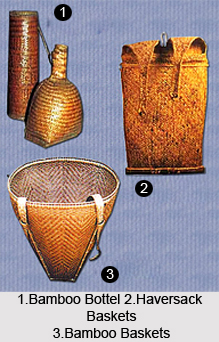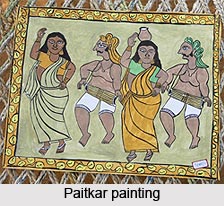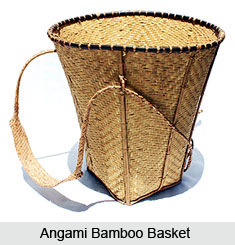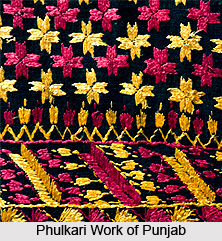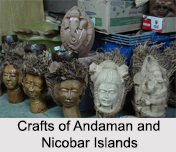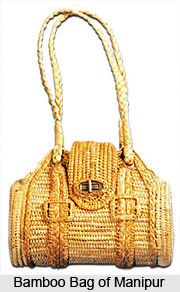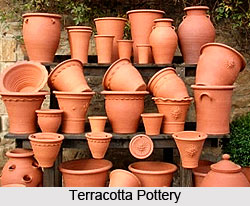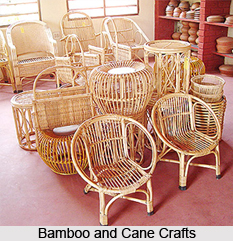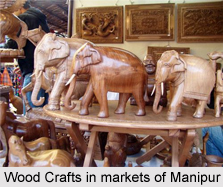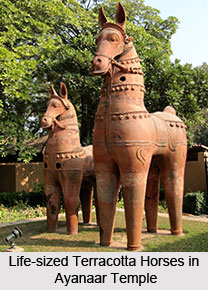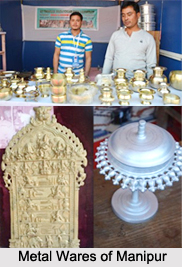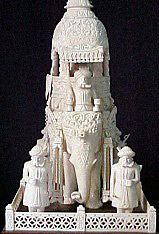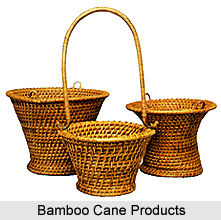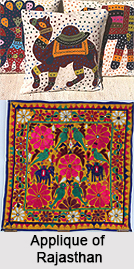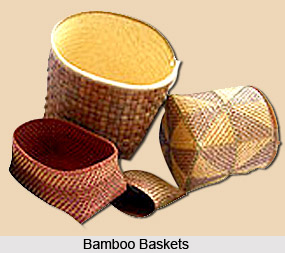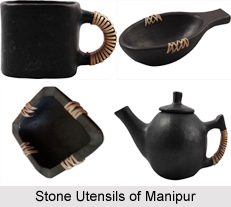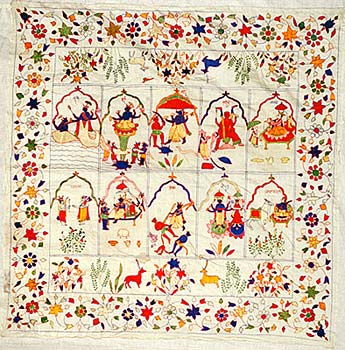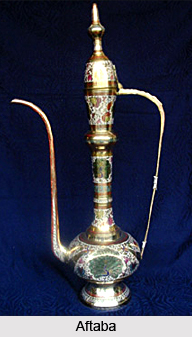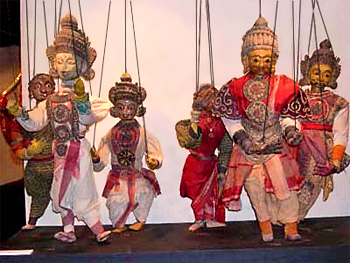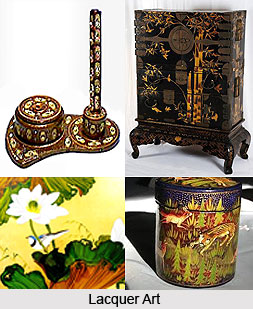 Lacquer art bears the aroma of Indian ethnicity. "Lacquer", the term is generated from the Portuguese word "lac" which connotes a type of resin which emanates from certain insects.
Lacquer art bears the aroma of Indian ethnicity. "Lacquer", the term is generated from the Portuguese word "lac" which connotes a type of resin which emanates from certain insects.
In India, lacquer is derived from the excretion of an insect which is named as `Tachardia Lacca`. Bengal and Madhya Pradesh are well known for the production of resin. In modern usage, lac based varnishes and craft has gained importance in India. Lacquerware are objects decoratively covered with lacquer. The lacquer is sometimes inlaid or carved. Lacquerware includes boxes, tableware, buttons and even coffins painted with lacquer in cultures mostly in the Eastern Asia. Lacquer ware is one of the oldest arts.
Salarjung museum has a good collection of all these products. Indian lacquer or Lac turnery is one of the oldest Indian Crafts. In terms of lacquer ware it is at least four hundred years old. In recorded history Lac is first mentioned in `Aaine Akbari` written by Abul -Fazl in 1590 AD.
Lacquer craft is the application of lacquer on wood in pleasing shades and colours to create a distinctive appeal. The beauty of this craft lies in painting the smooth wooden shapes. Etikoppaka in Andhra Pradesh is the hometown of lacquer ware. It is said that this craft originated in the neighbouring Nakkapalli village before it spread to Etikoppaka, its present home. The proximity to the forest area with plenty of yield of Ankudu Karra, a light species of wood, promoted the concentration of this art in Etikoppaka.
Procedures Engaged in Lacquer Art
Lacquering is done on a lathe, by hand or using machine. For turning slender and delicate items, the hand-lathe is preferred. Lac is applied in a dry state. The process involves the pressing of lac stick against the rotating woodenware. As the latter keeps revolving the heat from the friction softens the lac enabling the colour to stick. Designs are painted with a brush on figures, objects and toys. As these articles are made by using lathes, they are called "Turned Toys".
Lacquered bottles and containers are also available in unique shapes, sizes and shades. In recent years, the artisans have evolved modern decorative items like vases; stools etc
Lacquer art in India is popular for its smoothness and shine; a harmonious blend of wood art and metal work. Kerala is renowned for its lacquer art and artisans.
From time immemorial, man has used materials available in nature such as stone, wood, gold, and other metals and the resin from certain trees for articles of decorative and utilitarian value. Lacquered boxes, trays, tobacco jars, ash trays of Kashmir; plaques, boxes, round plates of Nirmal and furniture articles of Banaganapalli of Andhra Pradesh are some of the well-known products, that find a place in the museum collection.
Features of Lacquer Art
In India, lacquer art has gained prominence in Ernakulam, Tamil Nadu also. The themes, designs and patterns in lacquer art here range from stories of myths and legends to performing arts and even to flora and fauna to the serene backwaters. Beautiful motifs of butterflies, colorful peacocks, utility items like key chains, candle stands are some of the most common form of lacquer art in India. The bangles, ornaments, bamboo boxes, wooden crafts, terracotta and dolls decorated with Lac mixed with different attractive colour are popularly termed as lacquer art. Here, generally the dolls made of Lac are known as `Jaukandhei`. Actually, it is not made of only Lac particularly the dolls. They are made of fired clay and painted with various colours of Lac and artistically designed with coloured Lac thread. It is associated with folk art and culture in different parts of Orissa.
History of Lacquer Art
One of the equipment obtainable abundantly in natural world and known to man from very premature times in the use of arts and crafts is Lac or shellac a natural resin, fashioned as a result of the secretion of crimson-red tiny insects which thrive on certain species of floras and faunas. The antiquity of this resin goes back to centuries. The Palas or in Sanskrit, Lakshataru, or the Lac tree has been mentioned in the Vedas. In the Atharva Veda, there is a small chapter devoted to the description of Lac insect, its habits and usefulness.
The infamous Lac palace built by the Kauravas in the epic Mahabharata by an architect, Purochak to do away with the Pandavas by setting fire to it is a well known episode. That was supposed to have happened 3000 years ago! Lacquer art is popular in many parts of India. The poems of Kalidasa the famous Indian poet of mediaeval age writing during the reign of Vikramaditya describes the use of Lac dye based cosmetics in making up the women`s lips and feet-known as Alta. In marriage ceremony and many ritual and festive occasions Indian women use the Lac bangle.
European connection with Lacquer Art
Sir. George Watt in his famous dictionary of 1908, "Commercial products of India" describing the uses of Lac had observed that Lac entered into the agricultural, commercial, artistic, manufacturing, domestic, and sacred feelings and enterprises of the people of India to an extent hardly appreciated by the ordinary observer. The existence of the communities, in the agricultural and forest tracts, was made more tolerable through the income derived from the collection of this crude article. Every village had its carpenter, Cartwright, turner, and shoemaker, and all these craftsmen used Lac in some form or other in every day life.
The blemishes and defects were plugged up and concealed by crude lac, and the surfaces were uniformly varnished or coloured with Lac where colour is looked-for. Coloured Lac in fact takes the place of oil paint in Europe. The silver and coppersmiths employed it as a resist bed upon which to hammer out or punch certain of their wares. By means of Lac, dyed ornamentations were made on copper and brass wares, as also on ivory. Lapidaries construct grindstones of the same material fused with sand and with it cement blade to haft the knives and swords. Potters, bookbinders and makers of smoking pipes all need Lac as a varnish or a stiffening material. Jewellers load hollow gold and silver ornaments with Lac or fix stones in it. The makers of the private ornaments prepared most of heir knick-knacks almost entirely of Lac, especially women`s bangles. The Moghul`s too were not far behind in making use of Lac in myriad ways.
.
The Lacquer art is enthusiastically associated and inextricably linked with the Indian tradition, folk culture and rituality since time immemorial, which needs many research and studies.
